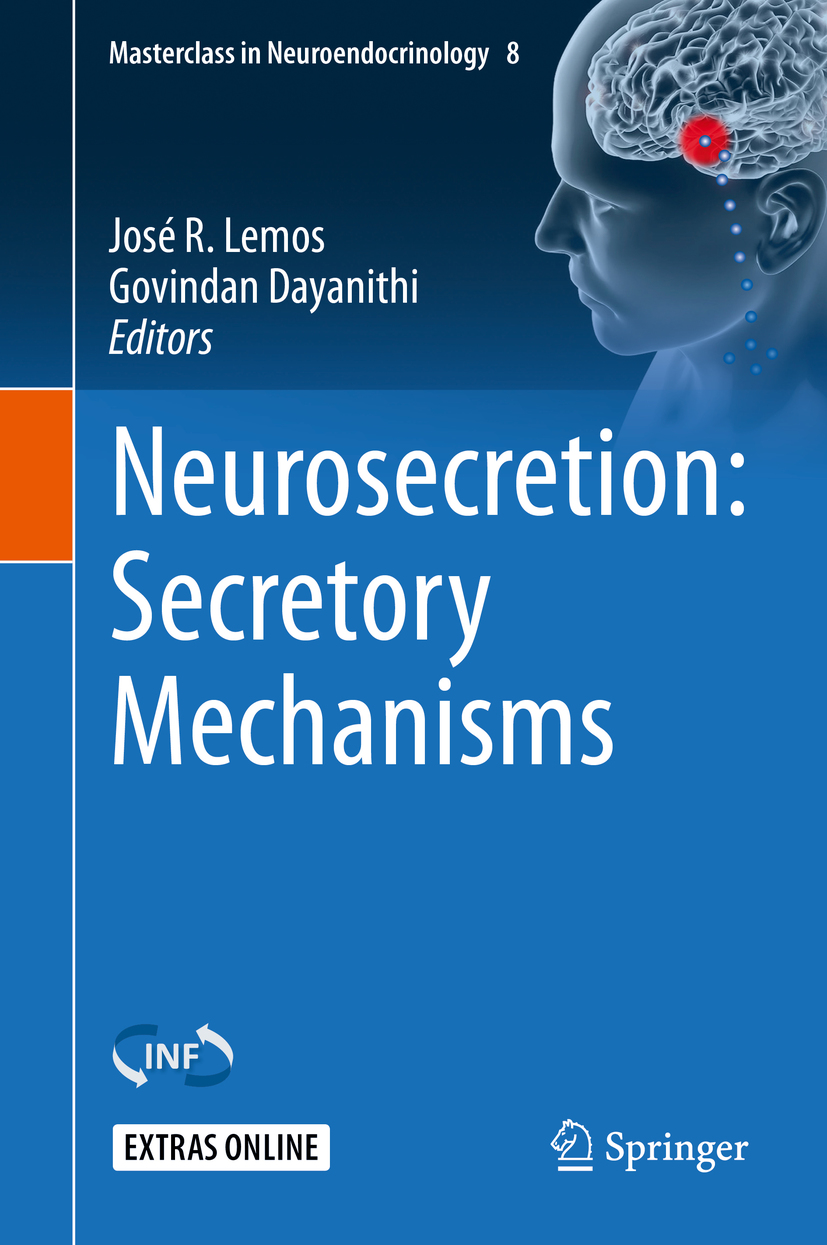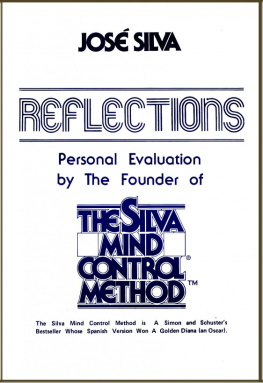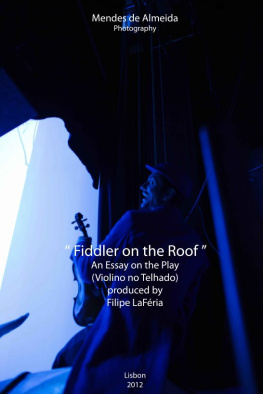José R. Lemos - Neurosecretion: Secretory Mechanisms
Here you can read online José R. Lemos - Neurosecretion: Secretory Mechanisms full text of the book (entire story) in english for free. Download pdf and epub, get meaning, cover and reviews about this ebook. year: 2020, publisher: Springer International Publishing, genre: Romance novel. Description of the work, (preface) as well as reviews are available. Best literature library LitArk.com created for fans of good reading and offers a wide selection of genres:
Romance novel
Science fiction
Adventure
Detective
Science
History
Home and family
Prose
Art
Politics
Computer
Non-fiction
Religion
Business
Children
Humor
Choose a favorite category and find really read worthwhile books. Enjoy immersion in the world of imagination, feel the emotions of the characters or learn something new for yourself, make an fascinating discovery.
- Book:Neurosecretion: Secretory Mechanisms
- Author:
- Publisher:Springer International Publishing
- Genre:
- Year:2020
- Rating:5 / 5
- Favourites:Add to favourites
- Your mark:
- 100
- 1
- 2
- 3
- 4
- 5
Neurosecretion: Secretory Mechanisms: summary, description and annotation
We offer to read an annotation, description, summary or preface (depends on what the author of the book "Neurosecretion: Secretory Mechanisms" wrote himself). If you haven't found the necessary information about the book — write in the comments, we will try to find it.
Neurosecretion: Secretory Mechanisms — read online for free the complete book (whole text) full work
Below is the text of the book, divided by pages. System saving the place of the last page read, allows you to conveniently read the book "Neurosecretion: Secretory Mechanisms" online for free, without having to search again every time where you left off. Put a bookmark, and you can go to the page where you finished reading at any time.
Font size:
Interval:
Bookmark:

Masterclass in Neuroendocrinology is a co-publication of the INF (International Neuroendocrine Federation) that aims to illustrate the highest standards and promote the use of the latest technologies in basic and clinical research, while also providing inspiration for further exploration into the exciting field of neuroendocrinology. It is intended for established researchers, trainees and students alike. is a co-publication of the INF (International Neuroendocrine Federation) that aims to illustrate the highest standards and promote the use of the latest technologies in basic and clinical research, while also providing inspiration for further exploration into the exciting field of neuroendocrinology. It is intended for established researchers, trainees and students alike.
Each book
is edited by leading experts in the field
is written by a team of internationally respected researchers
includes assessments of different experimental approaches, both in vivo and in vitro, and of how the resulting data are interpreted.
Founding Series Co-Editors: William E. Armstrong and John A. Russell
- includes assessments of different experimental approaches, both in vivo and in vitro, and of how the resulting data are interpreted.
Founding Series Co-Editors: William E. Armstrong and John A. Russell
More information about this series at http://www.springer.com/series/15770

Illustration by deblik, based on an image from Nablys/stock.adobe.com
This Springer imprint is published by the registered company Springer Nature Switzerland AG.
The registered company address is: Gewerbestrasse 11, 6330 Cham, Switzerland
This series began publication as a joint venture between the International Neuroendocrine Federation and Wiley-Blackwell and now is continuing with Springer-Nature as publisher for the federation. The broad aim of the series is to provide established researchers, trainees, and students with authoritative up-to-date accounts of the present state of knowledge and prospects for the future across a range of topics in the burgeoning field of neuroendocrinology. The series is aimed at a wide audience as neuroendocrinology integrates neuroscience and endocrinology. We define neuroendocrinology as the study of the control of endocrine function by the brain and the actions of hormones on the brain. It encompasses the study of normal and abnormal function and the developmental origins of disease. It includes the study of the neural networks in the brain that regulate and form neuroendocrine systems. It also includes the study of behaviors and mental states that are influenced or regulated by hormones. It necessarily includes the understanding and study of peripheral physiological systems that are regulated by neuroendocrine mechanisms. Clearly, neuroendocrinology embraces many current issues of concern to human health and well-being, but research on these issues necessitates reductionist animal models.
Contemporary research in neuroendocrinology involves the use of a wide range of techniques and technologies, from the subcellular to systems at the whole-organism level. A particular aim of the series is to provide expert advice and discussion about experimental or study protocols in research in neuroendocrinology and to further advance the field by giving information and advice about novel techniques, technologies, and interdisciplinary approaches.
To achieve our aims each book is on a particular theme in neuroendocrinology, and for each book, we have recruited a pair of editors, expert in the field, and they have engaged an international team of experts to contribute chapters in their individual areas of expertise. Their mission was to give an update of knowledge and recent discoveries, to discuss new approaches, gold-standard protocols, translational possibilities, and future prospects. Authors were asked to write for a wide audience, to minimize references, and to consider the use of video clips and explanatory text boxes; each chapter is peer reviewed and has a Glossary and a detailed Index. We have been guided by an Advisory Editorial Board.
The Masterclass Series is open-ended; books in the series published to date are Neurophysiology of Neuroendocrine Neurons (2014, ed. WE Armstrong & JG Tasker); Neuroendocrinology of Stress (2015, ed. JA Russell & MJ Shipston); Molecular Neuroendocrinology: From Genome to Physiology (2016, ed. D Murphy & H Gainer); Computational Neuroendocrinology (2016, ed. DJ Macgregor & G Leng); Neuroendocrinology of Appetite (2016, ed. SL Dickson & JG Mercer); The GnRH Neuron and its Control (2018. ed. AE Herbison & TM Plant); and Model Animals in Neuroendocrinology (2019, ed. M Ludwig and G Levkowitz). This book, Neurosecretion: Secretory Mechanisms (edited by JR Lemos and G Dayanithi), is #8 in the Series and the first to be published by Springer-Nature
Font size:
Interval:
Bookmark:
Similar books «Neurosecretion: Secretory Mechanisms»
Look at similar books to Neurosecretion: Secretory Mechanisms. We have selected literature similar in name and meaning in the hope of providing readers with more options to find new, interesting, not yet read works.
Discussion, reviews of the book Neurosecretion: Secretory Mechanisms and just readers' own opinions. Leave your comments, write what you think about the work, its meaning or the main characters. Specify what exactly you liked and what you didn't like, and why you think so.











